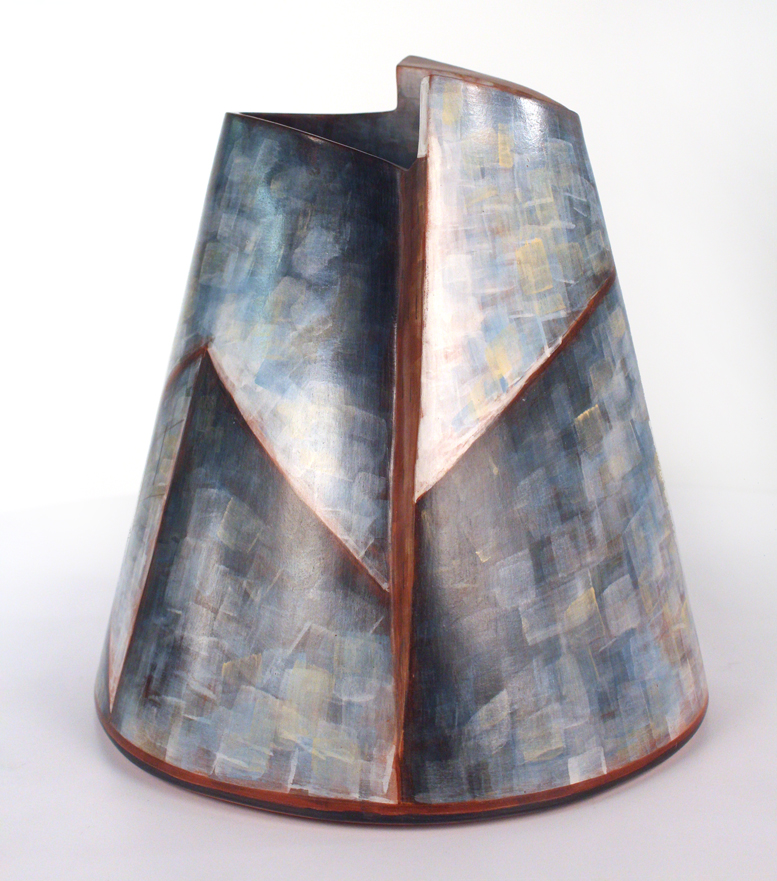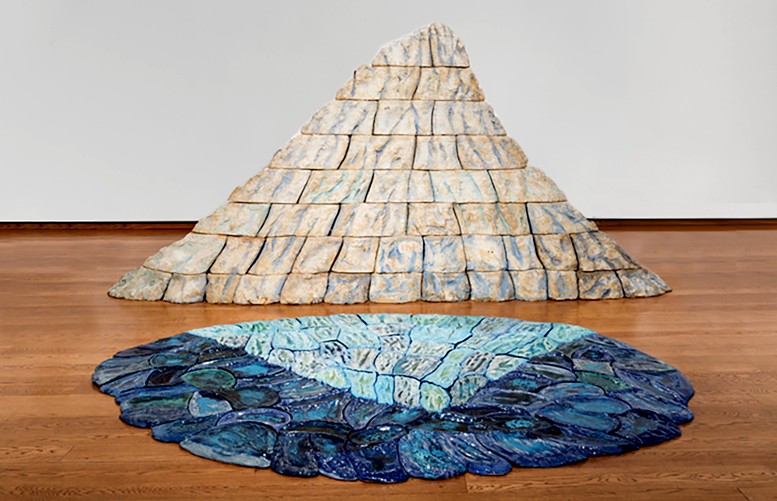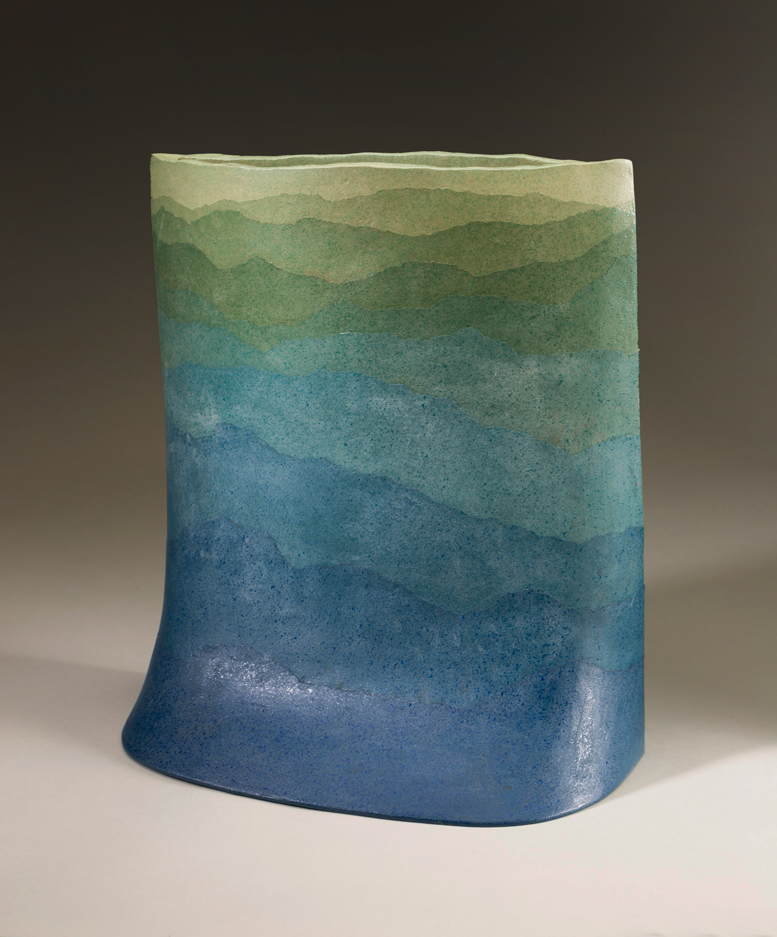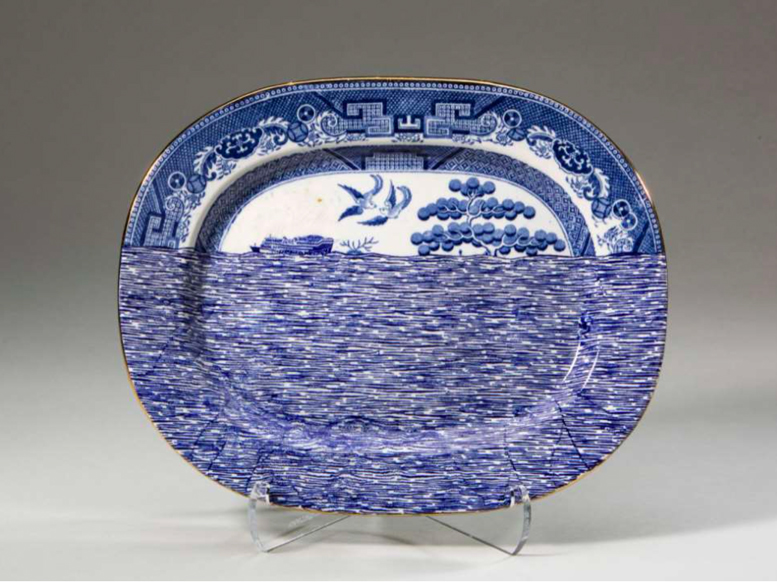When he was in college in the 1970s, Syracuse artist and entrepreneur Don Seymour named a series of ceramic landscape sculptures Clayscapes. This hybrid word, with roots in the earth and the ceramic community that is built around shaping it, felt so powerful that when he founded his ceramic supply business in 2003, he named it Clayscapes. A year later, a studio was added, and in 2010, a gallery.
In Central New York, clay is literally a part of the landscape. The ample deposits of clay beneath our feet were formed over many millennia by the weathering of minerals, including the pink granite from the shores of Lake Ontario that comprises a substantial part of the Everson’s building. These resources made it possible for Indigenous Onondaga potters to make some of the most distinctive wares of the Haudenosaunee Confederacy. As the area became colonized by Europeans, potters produced durable crockery for food and alcohol storage, as well as massive amounts of brick and tile. In 1841, W. H. Farrar started a small pottery business, becoming the Onondaga Pottery Company in 1871, and later evolving into Syracuse China, which was at one point the largest manufacturer of porcelain dinnerware in the United States.
Clayscapes is a tribute to clay’s ubiquitous presence in our lives, and to the powerful metaphorical and spiritual role that it can play. The Everson’s famous collection of ceramics is filled with works that explore the landscape—from artist Robert Arneson’s monumental celebration of California’s mountainous landscape to Uruguayan-born Lidya Buzio’s earthy vessels adorned with the skyline of her adopted home in New York City. The collection contains many commercially produced souvenir plates and pitchers meant to commemorate and memorialize specific places. These wares are a distinctive part of the Museum’s collection, and they provide inspiration for contemporary artists such as Paul Scott, who makes commemorative plates that reflect the ways that humans have altered the landscape and exploited its resources.
As artists continue to shape clay, Clayscapes recognizes the ways in which clay shapes us. The Everson’s ceramic collection is filled with work that documents the joys and sorrows of humankind’s relationship with the Earth. This exhibition pays tribute to the powerful connection between artists and the world around them.

Lidya Buzio
Grey Roofscape Vessel, 1984
Glazed earthenware, 11½ x 10¾ x 9¾ inches
Everson Museum of Art;
Gift of Garth Clark and Mark Del Vecchio, 85.57

Robert Arneson
Mountain and Lake, 1975
Stoneware, 83¾ x 175½ x 130 inches
Everson Museum of Art; Museum purchase, 80.8

Zenji Miyashita
Inner Landscape, 1980-85
Earthenware, 16½ x 14¼ x 6¼ inches
Everson Museum of Art;
Gift of Mr. Tom Kennedy, 85.18.2

Paul Scott
Cumbrian Blue(s), Three Gorges, After the Dam 3, 2012
Inglaze decal collage and gold luster on partially erased ca. 1840 Willow pattern porcelain platter, 10 x 12¼ inches
Everson Museum of Art; Gift of the Victoria Schonfeld Collection, 2022.6.24